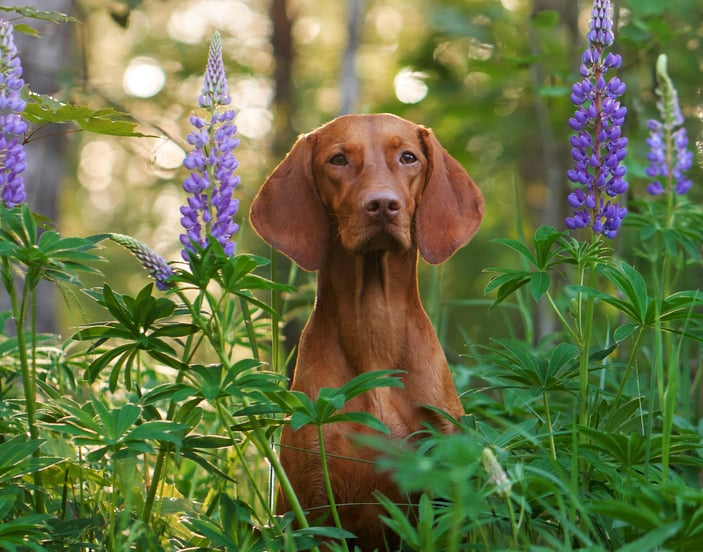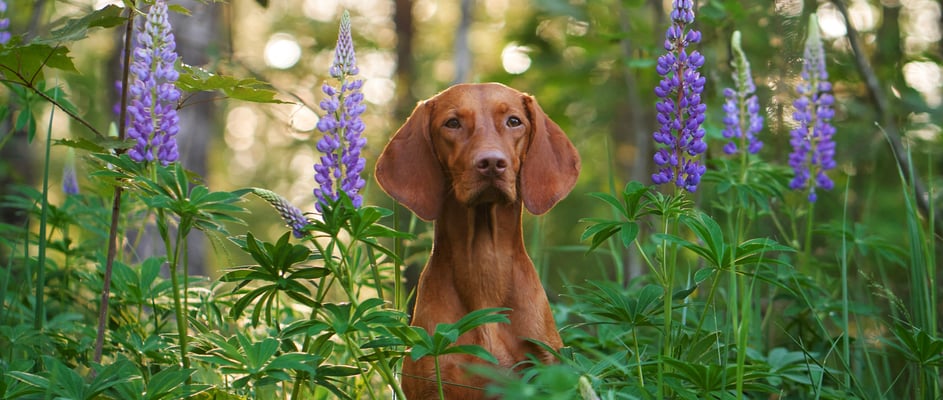The guide to owning a Hungarian Vizsla.
Want to know everything there is to know about finding the right dog for you? Submit your email below, and we’ll send you a one-stop guide to help you on your pet-ownership journey.
Jump to:
Stats at a glance.
History and origin.
Meet the Hungarian Vizsla, unsurprisingly hailing from Hungary. These elegant, high-energy dogs trace their roots back centuries. In fact, Hungarian sportsmen relied on the Magyar Vizsla as loyal hunting dogs for everything from pointing to retrieving.
Their keen nose and soulful eyes have won over families worldwide. A Vizsla is a versatile companion with a regal build and an eager-to-please mindset, which explains why many of us can’t resist adding this Vizsla dog breed to the family.
During the 20th century, the Vizsla started arriving in different corners of Europe and the United States. Enthusiasts discovered how this breed excels at various dog sports, from agility to field trials.
Some fans also admire the wire-haired Vizslas, a rarer variety with a charming, bearded look. Whether smooth- or wire-haired, these active pups shine in the great outdoors.
Want to explore other popular dog types? Check out our post on big dog breeds in the UK.
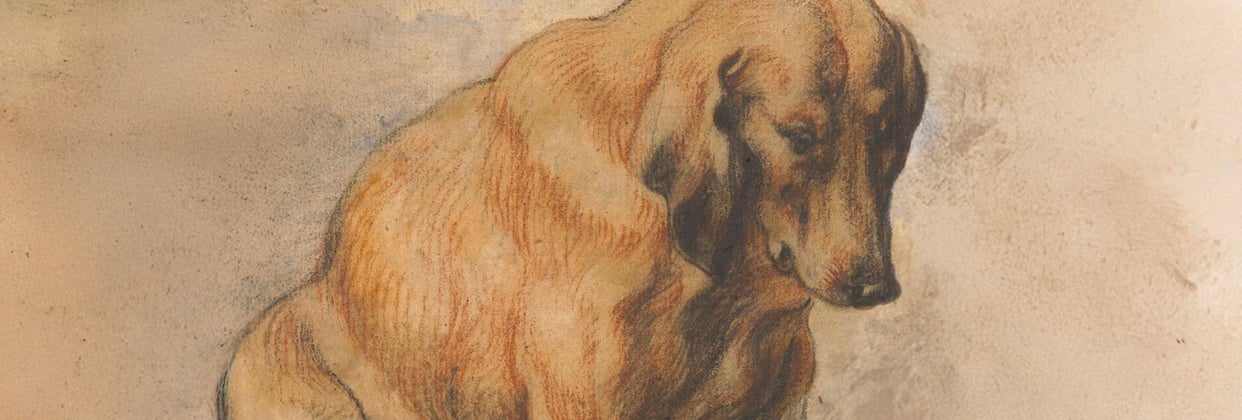

How much is a Hungarian Vizsla puppy (UK)?
Thinking of buying a Hungarian Vizsla puppy? Prices in the UK generally range from £350 to £2,000, depending on breeder reputation, pedigree lines, and location.
A puppy from a reputable kennel might be more expensive, but should come with excellent socialisation and health conditions checks.
Here’s what to look for in a trustworthy source:
They encourage you to meet both parent Vizslas (if possible).
They have relevant Kennel Club or breed club paperwork.
They ask plenty of questions about the home their puppy will be joining.
They openly share health conditions info and vet records.
If you’re new to canine ownership, our article on socialising your puppy can help you prepare for bringing a new dog home.
Colours and coat types.
Most Hungarian Vizsla breed enthusiasts are used to that silky, shorthaired, golden-rust coat.
However, there is also the rarer wire-haired Vizslas, known for thicker, wiry coats and adorable facial furnishings. Whichever coat appeals to you:
Smooth-coated: Sleek, close-fitting, minimal grooming needs.
Wire-haired: A bit more scruffy, with higher brushing requirements.
Both varieties shed moderately, and regular brushing helps keep your home tidy.





Size and weight.
Hungarian Vizslas are leggy, graceful, and built for stamina. They typically measure 54–64 cm at the shoulder and weigh around 20–30 kg.
Males can be on the bigger side and a male Hungarian Vizsla might also appear sturdier in the chest.


Temperament and behaviour.
Temperament
Don’t let their aristocratic looks fool you. These intelligent dogs are affectionate, social, and eager to please.
Known as classic companion dog types, Hungarian Vizslas thrive on spending time with the family. They form strong bonds quickly, so be ready for constant cuddles and a shadow who follows you from room to room.
Do Hungarian Vizslas make good pets?
Absolutely. They are active yet gentle, typically great with people of all ages when given proper training and boundaries.
Because they have a strong sporting background, they do require lots of exercise. If you’re after a calmer breed or cannot commit to daily walks, a Vizsla may not be the right dog for you.
Want to consider other wonderful dog types for households? Take a look at the best family dogs in the UK.
Are Hungarian Vizslas good with kids?
In many cases, yes. Hungarian Vizslas are often family dogs, especially if introduced properly to adults and children. Their playful nature can be delightful, but these active dogs can occasionally get boisterous. Teach youngsters to respect the dog’s space, and supervise playtime to ensure everyone stays safe.
Are Hungarian Vizslas good with cats?
Some Vizslas coexist happily with cats, provided you start socialisation early and use positive reinforcement.
Yet keep in mind that they’re natural pointing dogs with an instinct to chase smaller creatures.
If you have a shy cat or are unsure about your dog’s individual personality, slow introductions and separate spaces might help.
Do Hungarian Vizslas suffer from separation anxiety?
They might. This breed loves being close to their people. If left alone for long, some may become anxious or destructive. Consider doggy daycare, a dog walker, or shorter outings if you have a busy schedule.
Can Hungarian Vizslas be left alone?
Ideally, these dogs shouldn’t be alone for more than a few hours. They’re sensitive and can become restless or stressed.
If you must leave them, ensure they’ve had their daily exercise and have interactive toys to keep them entertained.
Can Hungarian Vizslas live in apartments?
Living in a flat isn’t impossible, but you must accommodate their mental and physical needs.
Regular walks in safe outdoor areas and a chance to stretch out in the great outdoors are essential to keep your dog balanced.
Do Hungarian Vizslas bark a lot?
Generally, they’re not nuisance barkers. They do communicate with you, especially if they sense something unusual. Proper socialisation and consistent training reduce random barking episodes.
Training a Hungarian Vizsla.
Are Hungarian Vizslas smart?
They are extremely bright. Their high intelligence makes them quick to learn, but also prone to boredom if training is repetitive.
Use short, engaging sessions and positive reinforcement. Many owners find that offering mental puzzles, like hide-and-seek with treats, keeps Vizslas sharp and entertained.


Shedding and grooming.
This Vizsla dog breed is fairly low-maintenance when it comes to grooming. A weekly brush helps reduce loose fur, especially in wire-haired Vizslas. Also remember:
Clean ears regularly to prevent infections.
Schedule flea and worming treatments as advised by your vet.
Keep nails trimmed to avoid discomfort.
For additional tips, read our post on how to bathe a dog to keep your Hungarian Vizsla feeling fresh.

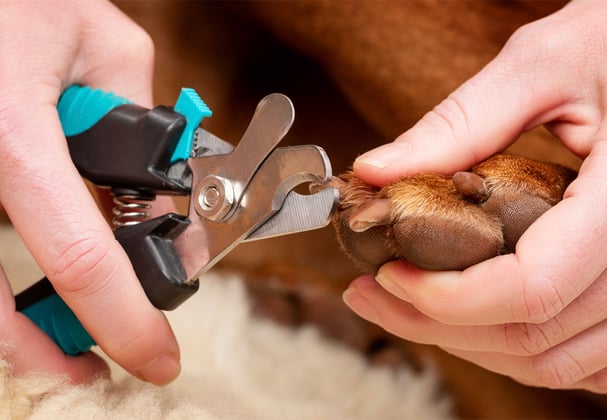
Exercise and mental stimulation.
A Hungarian Vizsla is great outdoors. They thrive on mental and physical challenges, from obedience sessions to interactive games.
Expect to give them at least 60–90 minutes of brisk walks, runs, or play daily. They also love swimming and exploring new trails. Because these hunting dogs do best with plenty of variety, mix up your routine with fetch, jogs, and puzzle toys.


Feeding and nutrition.
A balanced diet supports their muscular physique. Choose high-quality dog food appropriate for active dogs.
Adult Vizslas typically have two to three cups of food per day to help maintain energy and healthy digestion. Keep an eye on weight, as dogs may become overweight if overfed. Also, ensure access to fresh water throughout the day.
If you want to learn about general feeding tips, have a look at our guide to making your dog happy for fun ways to incorporate healthy treats and feeding routines.
Common health issues for Hungarian Vizslas.
This breed and pedigree dog is typically robust, but like all dog breeds, they can experience potential health issues. Here are some known areas to watch:
Note: Costs are approximate and can vary based on location and specific veterinary practices.
Regular check-ups and early detection can help you stay on top of any vizsla health concerns.
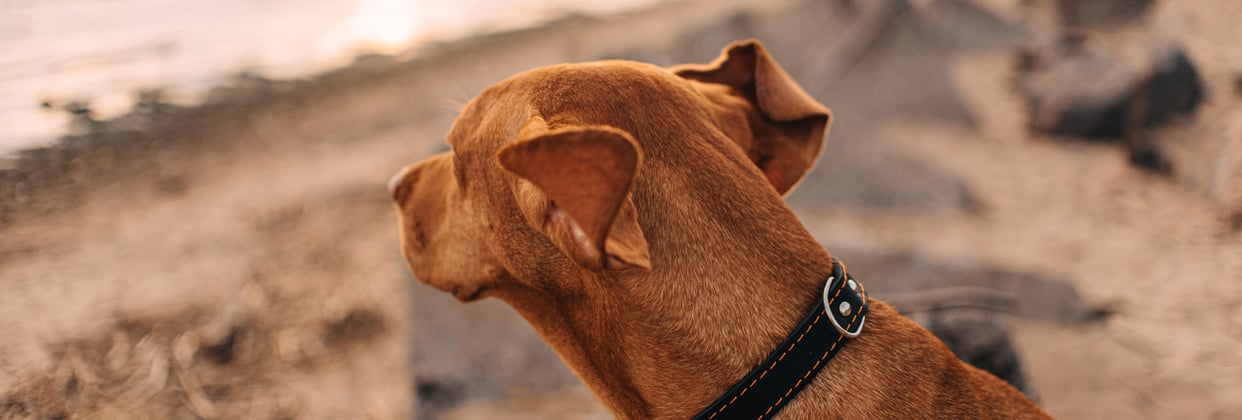

Pet insurance for Hungarian Vizslas.
Given the health conditions that can affect the Hungarian Vizsla, comprehensive pet insurance is a wise safeguard.
Having coverage from puppyhood to adulthood ensures you’re ready for any unexpected vet bills, from injuries to chronic conditions.
Check out Hungarian Vizsla Pet Insurance for lifetime coverage and additional perks like 24/7 vet access, behaviour consultations, and exclusive partner offers.
That way, you can keep your balanced dog protected, whether they’re out chasing scents in the fields or curled up by the sofa.
A Vizsla is great if you want a friendly, energetic, and highly trainable friend. With their loyal hearts and graceful builds, Hungarian Vizslas bring joy to dog lovers worldwide.
Provide mental stimulation, consistent positive reinforcement, and plenty of affection to keep them physically and mentally fulfilled.
Together, we can help these pointing dogs live long, happy lives as cherished members of our families.
